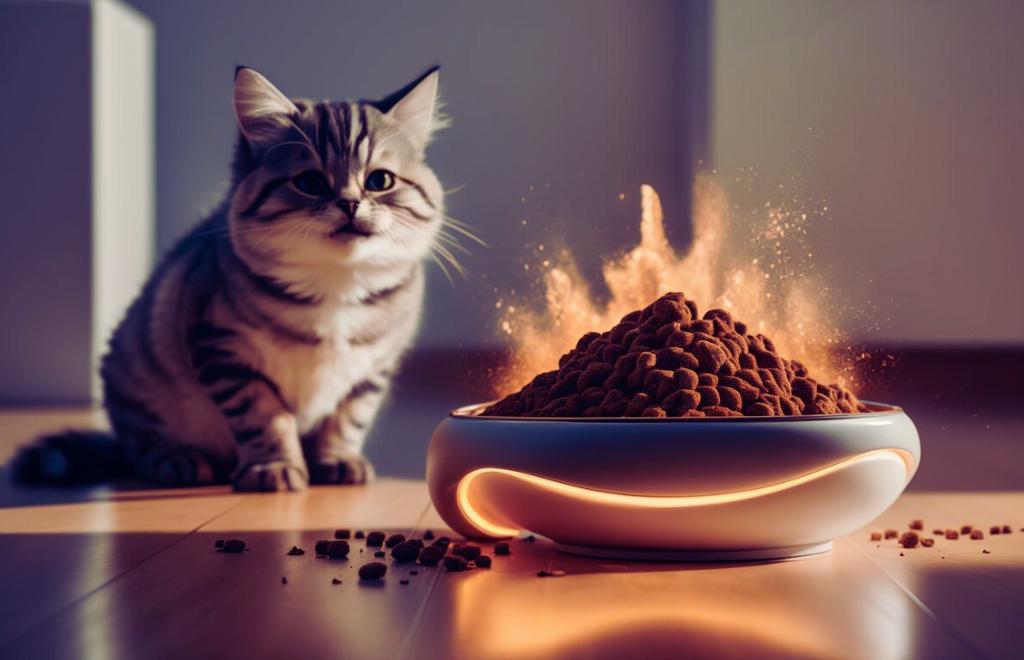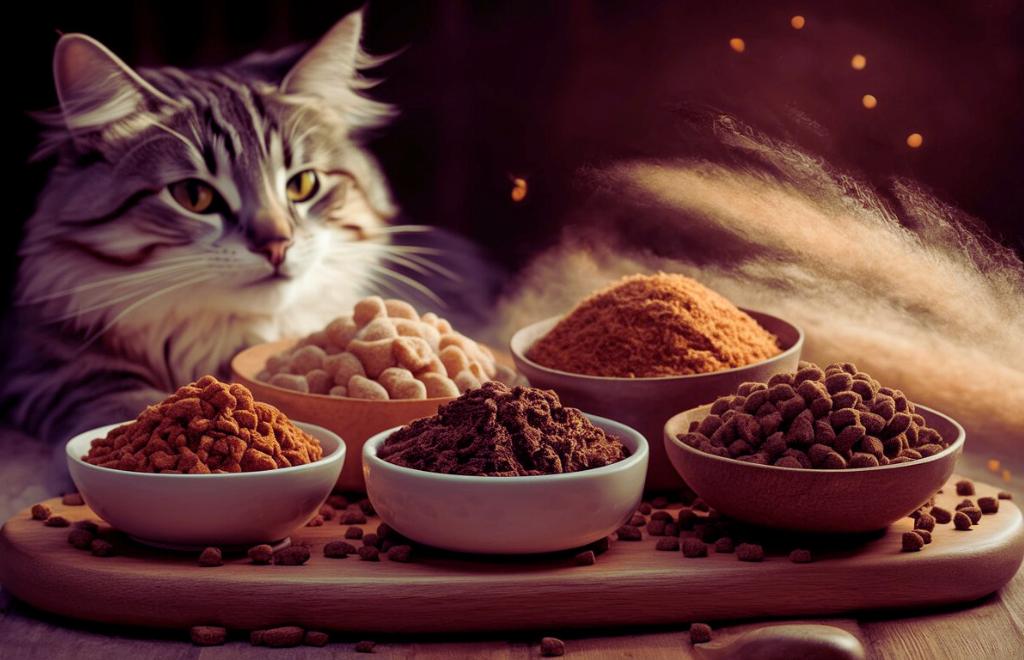Choosing the correct cat food could make all the difference if your cat companion is licking their paws, clawing often, or displaying other allergic responses. The best cat food for allergies will help your pet, help to calm delicate skin, and reduce inflammation. But considering the plethora of options now at hand, how do you choose?
We will discuss the finest cat food options for animals with allergies, stress the key ingredients to look for, and provide professional recommendations to help your cat to feel its best in this all-encompassing guide. Get ready to say those annoying allergies good bye!
Understanding the Culprits Behind Cat Food Allergies:
First of all, what is driving your cat’s allergies? Often it boils down to certain proteins, grains, or other components present in their usual cat food. The most often occurring cat food allergy causes consist in:
- Beef, chicken, fish, eggs, or dairy
- Artificial colors, flavors and preservatives
- Corn, Wheat, soy and other grains
A cat’s overreaction of its immune system to one of these components could produce bothersome symptoms including itchy skin, ear infections, digestive problems, and others. The answer to comfort can be switching to a limited ingredient or hypoallergenic cat food.
The Cavalry Arrives: A Buffet of Best Cat Food for Allergies
Regarding the best cat food for allergies, owners have a real feast of excellent choices at hand. Leading the fight is Instinct’s Limited Ingredient Diet, a grain-free concoction with one animal protein—salmon—to reduce allergic triggers. Not to be outdone, Blue Buffalo’s Basics range provides a low-ingredient turkey and potato meal that’s mild for delicate stomachs.
The veterinary-exclusive Purina Pro Plan HA Hypoallergenic formula uses hydrolyzed protein to lower immunological reactivity in cats with severe food allergies. Additionally with great limited-ingredient formulations loaded with easily digestible carbs and skin-soothing omegas, Halo and Natural Balance also Pet owners can find the ideal answer to calm their cat’s aggravating allergy symptoms with so many excellent, hypoallergenic cat food choices available on the market.

Top 5 Best Cat Food for Allergies
About to choose the ideal cat food for your pet with allergies? Our five suggestions here transcend the others:
- Limited Ingredient Diet: Instinct Grain-Free Recipe Featuring Real Salmon
- Blue Buffalo Basic Ingredient Diet with Limited Ingredients Natural Adult Dry Cat Food Free of grains
- Veterinary Diets from Purina Pro Plans Ha-HA Allergenic Formula dry cat food
- Halos Recipe for a holistic sensitive stomach Salmon and Whitefish Natural
- Balance Limited Ingredient Diets Dry Cat Food Grain-free
Decoding the Ingredients for Best Cat Food for Allergies: What to Look for (and Avoid)
When looking for the finest cat food for allergies, you should give some ingredients top priority while others you want to avoid. Here is a synopsis:
Look for:
- Novel protein sources such deer, bison, or lamb; limited, basic carbs like sweet potatoes or peas
- Omega-3 and omega-6 fatty acids for calm skin;
- Antioxidants to boost the immune system.
Avoid:
- Common allergies such as beef, chicken, eggs, dairy, wheat, maize, soy; artificial
- Artificial colors, flavors, and preservatives.
- Fillers and byproducts
Making the Smooth Transition to Hypoallergenic Cat Food
All ready to change your cat to a new, allergy-free diet? Go gently to prevent aggravating their delicate tummy. Gradually combine the new food in with their old meals over five to seven days to raise the proportion of new to old. This allows their digestive system time to change.
Be patient as well; it could take 4–6 weeks for your cat’s allergy problems to show appreciable improvement. Maintaining the improved diet, keep an eye on less ear infections, less scratching, and better, healthier skin.
Conclusion of Best Cat Food for allergies
For your feline friend, discovering the best cat food for allergies could be revolutionary. Selecting a limited ingredient, hypoallergenic recipe helps you support their general health and welfare by relieving aggravating symptoms.
eager to get going? You should give some thought to any one of the top five cat food selections we identified. Just keep in mind to move gradually and allow your cat time to adjust. The correct diet will enable you to allow them to feel absolutely best.
Frequently Asked Questions: Your Feline Allergy Concerns Answered
How long does it take for a cat’s allergies to improve on a new diet?
Your cat’s allergy symptoms should start to show obvious changes 4–6 weeks after changing to a limited-ingredient or hypoallergenic diet. With the new cuisine, patience and consistency will assist their system to adapt and for the advantages to manifest.
Can I mix my cat’s old and new food together?
Indeed, it’s ideal to change your cat’s diet gradually over five to seven days. Start by gradually increasing the proportion of new to old over time after first blending a tiny bit of the new food into their old diet. This mild method lessens stomach disturbance.
How can I identify what my cat is allergic to?
An elimination diet—where you methodically remove possible allergens from your cat’s food and then reintroduce them one by one to track reactions—is advised by veterinarians most of the time. This lets one identify the particular trigger.
Are there any home remedies that can help soothe my cat’s allergies?
Apart from switching to a hypoallergenic cat diet, you could want to consider giving your kitty omega-3 or omega-6 pills to reduce inflammation. Oatmeal baths, antihistamines, and medicated shampoos could provide some relief for irritated, itching skin. See your doctor before trying any house remedies.
Can I switch my cat’s food abruptly if I suspect allergies?
To prevent digestive problems, you should progressively switch your cat to a different diet over one week or two. This lets their system change with the fresh ingredients.

